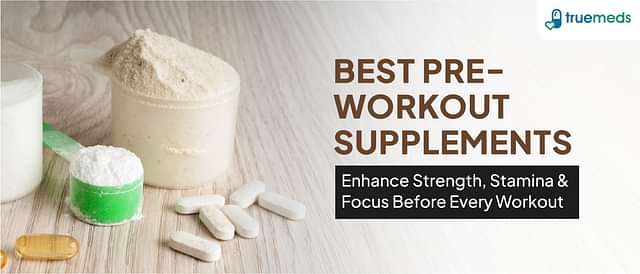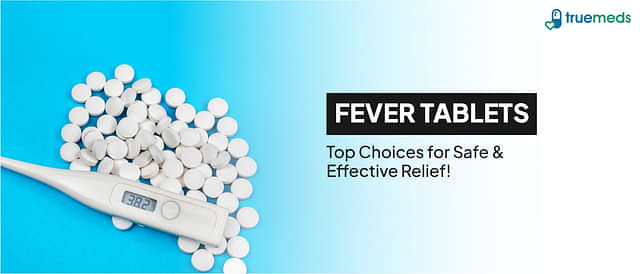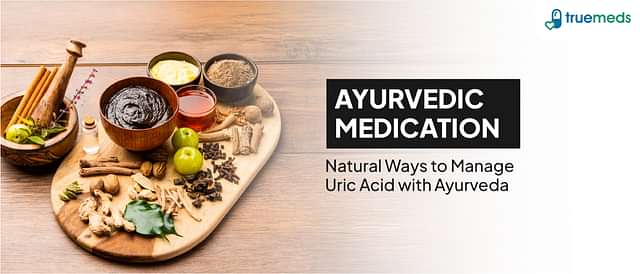Stroke physiotherapy for your body
Last updated on : 25 Feb, 2025
Read time : 6 min
Why do Stroke physiotherapy?
Stroke Physiotherapy is an important part of your recovery from a stroke. A cerebrovascular accident is when there is not enough blood flow to the brain. Because of a clot or a broken vessel in the brain physiotherapy in the patient helps them improve their function and health.
Stroke physiotherapy exercises
Stroke exercises for the legs can help people who have had a stroke improve their balance. Training the legs can also help stroke survivors avoid falling. which is important for everyone who has had a stroke. They can have stroke physiotherapy exercises.
1. Knee extension
For stroke physiotherapy this leg exercise, you should start in a sitting position. Extend your left leg until it’s level with the ground, then do the same thing with your right leg. Avoid putting your knee in a straight line. Once your foot is on the ground, bring it back up. Repeat with your right leg, then switch legs for repetitions (10 on each leg).
2. Sit and moving
Stay seated for this exercise to help you recover from a stroke. Then, lift your affected leg into the air and bring it down to the ground. Then, put your foot down on the ground again. To do this, repeat on the other leg, then switch back and repeat a total of 10 times in stroke physiotherapy.
3. Ankle flexor exercise
Those who have had a stroke and have trouble with their dorsiflexion will be a lot better off. If you are doing stroke physiotherapy exercises with your affected leg still crossed over your other leg, start by putting your affected leg down. Then, bend your foot back towards your shin, which is dorsiflexion. If you can’t do this, use your hand to help your foot move. This makes it a passive exercise for stroke patients.
4. Trunk rotation
This type of stroke exercise is good for everyone, no matter how bad their injuries are. Stroke physiotherapy exercise begins by sitting down. Then, place your right hand on the outside of your left leg. You’ll then stand with a straight back, and with your arm, twist your torso to the left a little bit.
When you start moving don’t twist to the point where it hurts. Return to the centre and do this back 15 times.
5. Knee to chest movement
In these exercises, you need to have a strong core. If your lower back starts to rise off the floor, don’t do these moves until you’re ready.
Make sure you’re in a good position to start with. Then, bring the right side of your right leg close to your body. You should squeeze your core at the top, and then bring your leg down. Try to start the movement from your core, rather than your leg, and see if that helps. Repeat on each of your legs 10 times.
6. Toe tap core exercise
It’s better if you lay down and then raise both legs so that your knees get bent at a 90-degree angle. From there, bring your left leg down and tap the ground with your left foot on the floor. Your core muscles will help you bring your leg back up.
Keep your knee bent at a 90-degree angle and focus on moving your core, not your legs. Skip this exercise if your lower back starts to rise off the ground. You need to build up your strength before you can do this exercise.
7. Tabletop exercise
Lace your fingers together and put both of your hands around a water bottle, then let go. It’s good for people who have had a stroke. because it stimulates both sides of the brain when they do this exercise on the sides of the body.
With your fingers laced around the bottle, start moving it in big circles. Make sure to use your non-affected hand to help guide. your affected hand through this exercise. Circle around 10 times.
8. Unweighted bicep curls
In the beginning, put your elbow on a piece of furniture with your arm bent at 90 degrees. Curl your arm up a little, then let it go back down a little. repeat this 10 times.
It works your bicep when you move your arm up, and it works your triceps when you move it down. Because this exercise isn’t weighted, it isn’t meant to build strength. Rather, it’s meant to stimulate the brain and make it change.
9. Open arm exercise
Keep your elbows close together for this exercise to help your arm heal. Hold a water bottle with your affected hand and keep your elbows close to your side. Then, open your arms up so that your forearms are on your sides and you can reach for them. Keep your elbows pinned to your side and your arms straight, but don’t let them swing. Return to the centre 10 times and do this.
10. Tabletop lateral pushing exercise
In stroke physiotherapy, this one is more active. Place a water bottle on a table. Then, push it across the table with the back of your hand. Place your hand on the bottle and push it back.
You don’t want to raise your shoulder during these upper body exercises. This is synergistic movement, and as your mobility improves, it should go down a little bit.
11. Tabletop forward pushing exercise
Doing this exercise for stroke patients is helpful, you will push a bottle away from your body. Instead of pushing it, you will push it forward away from your body. You should bring the bottle back to where you started after you finish one repetition. Then, do it again. Remember to keep your forearm on the table and not raise your shoulder above the table.
12. Wrist bend movement
Place your palm down on the table. When you slide your hand to the left and the right, slide it with your non-affected hand. Focus on only moving your wrist to start the movement and repeat it.
13. Wrist curl exercise
In this exercise with your affected hand, hold on to the water bottle, and with your other hand, hold on to your arm. Take a moment to let your wrist go down, and then curl your wrist up and repeat it. The water bottle adds some weight to this exercise as a way to get back into shape.
14. Pen spin movement (Advanced)
In stroke physiotherapy, hand exercises can be hard for stroke patients. because they don’t have good fine motor skills. Over time, your hand spasticity should go down, which should make it easier for you to move.
Spin a pen with your fingers which get hurt when you’re ready to try more advanced stroke exercises.
So, you can have all these various stroke exercises which can help you to recover from your stroke. It can happen as back to normal as you are before the stroke. The doctor will also recommend that recovery from the stroke exercises is a must and also have the stroke patient diet.
Also Read : Top 5 Leg Exercises To Improve Blood Circulation
Buy online medicines through Truemeds at the best price and discounts. For all the latest coupons and offers on branded and generic medicines, follow us on Instagram and Facebook.
Disclaimer
Our healthcare experts have carefully reviewed and compiled the information presented here to ensure accuracy and trustworthiness. It is important to note that this information serves as a general overview of the topic and is for informational purposes only. It is not intended to diagnose, prevent, or cure any health problem. This page does not establish a doctor-patient relationship, nor does it replace the advice or consultation of a registered medical practitioner. We recommend seeking guidance from your registered medical practitioner for any questions or concerns regarding your medical condition.
Popular Articles
Recent Articles
Top-Selling Medicines:
...View more
Top-Selling OTC:
...View more
Company
About UsHealth ArticleHealth StoriesDiseases & Health ConditionsAyurvedaAll MedicinesAll BrandsNeed HelpFAQSubscribe
Registered Office Address
Grievance Officer
Download Truemeds

Contact Us
Our customer representative team is available 7 days a week from 9 am - 9 pm.
v3.7.31
2025 - Truemeds | All rights reserved. Our content is for informational purposes only. See additional information.
Our Payment Partners








































